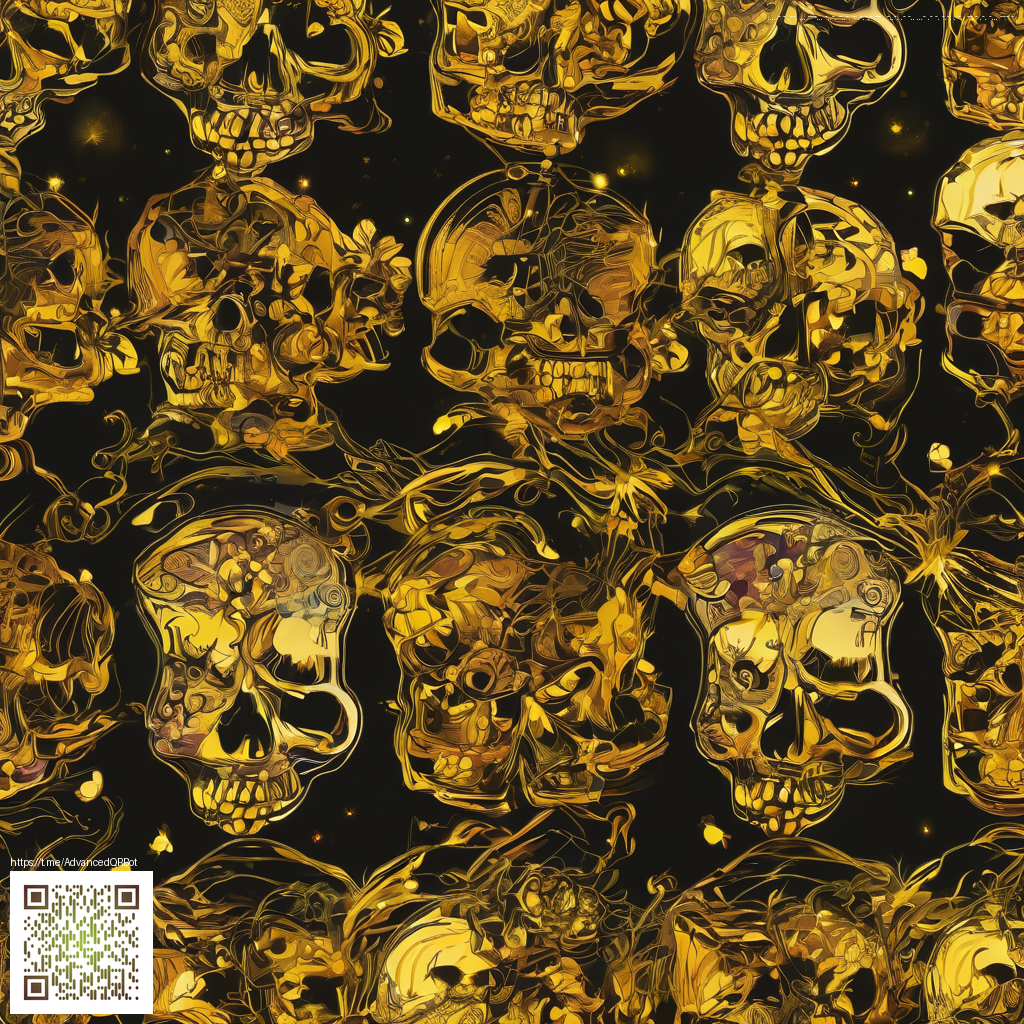
Designing Signature Templates for Impact
A well-crafted email signature acts as a digital business card, reinforcing your brand with every outbound message. It should convey who you are, how to reach you, and what you stand for without overwhelming the recipient. When done thoughtfully, a signature becomes a small but powerful extension of your professional identity—appearing consistently across devices and email clients.
Key Elements of a Professional Signature
- Name and title to establish authority at a glance.
- Company and, if applicable, department for context.
- Primary contact methods: email, phone, and a website link.
- Optional physical address for regional legitimacy or regulatory needs.
- Concise legal disclaimer or privacy note where required by policy.
- Appropriate social icons or links to professional networks.
- A subtle call-to-action, such as a scheduling link or portfolio URL.
“In email design, less is more—achieve scannability through clear hierarchy, not decoration.”
As you assemble these elements, consistency is key. Use the same line order, typography, and color accents across all signatures within your organization. If you’re looking for visual references or inspiration, consider examining product branding assets that convey durability and clarity. For example, a bold product shot like the Shockproof Phone Case can illustrate how a compact image integrates into a clean signature without overpowering essential contact details. For broader design notes, this resource offers practical ideas and templates you can adapt: design micro-patterns for signatures.
Typography and Color Play
Choose typography that remains legible across screens. A sans-serif font in a comfortable size (generally 12–14px for body lines) reduces eye strain and keeps your information readable on mobile. Limit your color palette to two or three brand hues, and ensure sufficient contrast against both light and dark backgrounds. Brand consistency matters more than quirky styling—your signature should harmonize with your overall visual language rather than alienate recipients with hard-to-read combinations.
Mobile-First Signature Design
With most emails opened on mobile devices, structure your signature to stack gracefully. Use a vertical flow where each item sits on its own line or tight block, and avoid large images that slow loading. If you include logos or icons, ensure they scale without distortion and preserve alignment when space is tight. Subtle spacings, generous line-height, and precise anchor positioning help maintain a tidy appearance, even in inbox previews.
One practical approach is to pair a compact portrait or avatar with the essential details, followed by a tiny row of optional links. This keeps the signature compact enough to fit within the standard email window while preserving a strong brand signal. If you’re curating assets for a team, maintain a single master template and allow team members to swap only the personal details.
Templates, Tools, and a Quick Benchmark
Start with a flexible template that supports both plain-text and HTML formats. This ensures compatibility with legacy clients while delivering a polished experience for modern users. Test your signature across popular email clients and devices, checking for line breaks, image rendering, and link functionality. A practical workflow includes auditing existing signatures, drafting 2–3 variants, performing cross-client tests, and implementing the winning version across the organization.
For teams exploring real-world exemplars, a compact product page can offer a sense of how strong branding translates into simple visuals. The idea is not to replicate the product exactly, but to borrow the principle of clarity and restraint: keep the signature legible, scannable, and action-ready. If you’d like to see a concrete example, the product reference demonstrates how a sturdy product image can be integrated thoughtfully—without crowding the signature area.
For more guided notes on signature layouts and ready-made templates, this article offers practical insights worth bookmarking. It’s a useful companion as you translate your branding into email signatures that feel like a natural extension of your professional persona. Explore the ideas here: design micro-patterns for signatures.